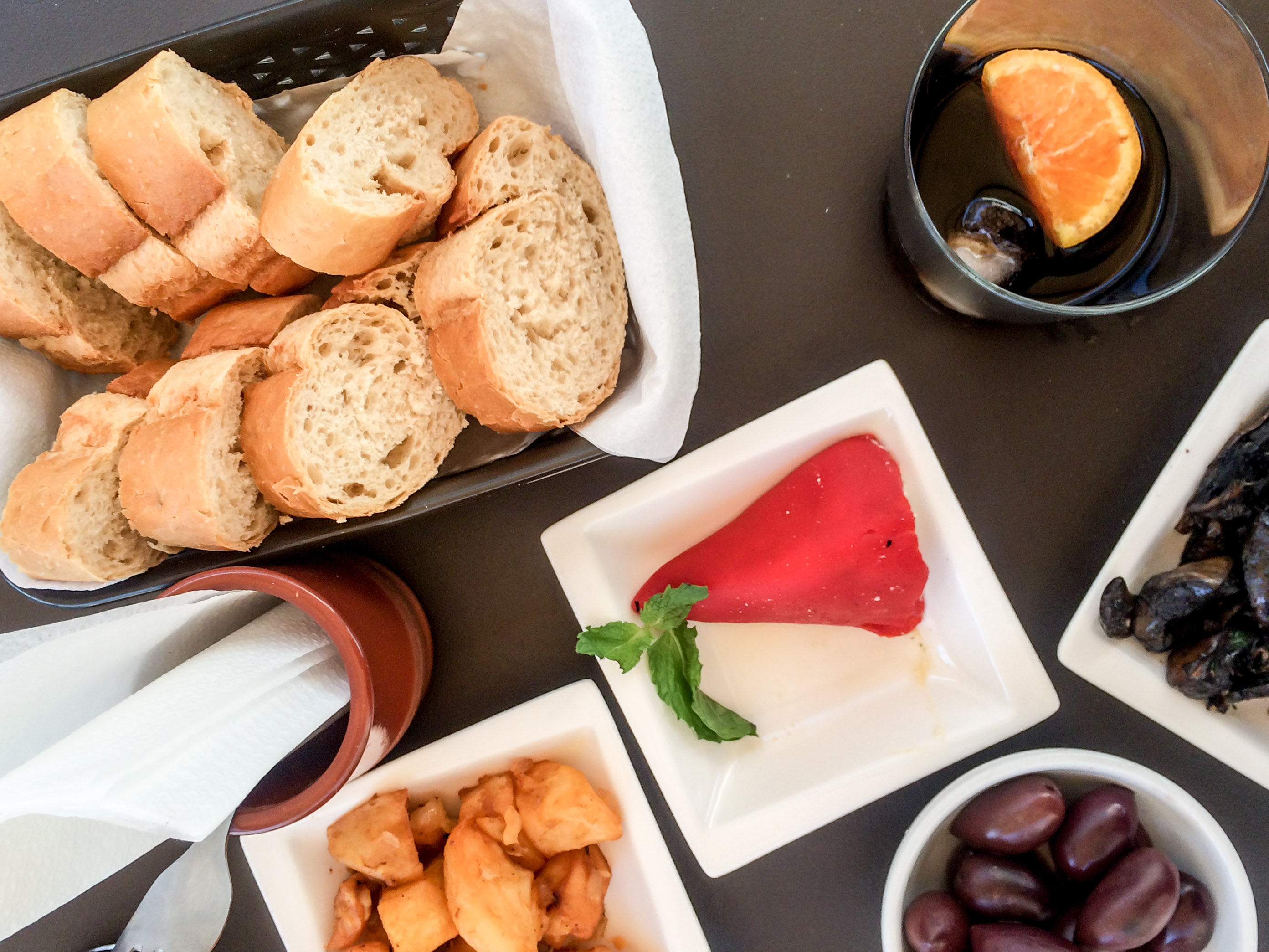In recent years, the internet has become an absolute shitstorm of misinformation, particularly with regard to the field of nutrition.
In my previous life as a dietitian, few things infuriated me more than the so-called “experts” constantly coming out of the woodworks touting the amazing benefits of this food or demonizing that food or imploring people to avoid this “poisonous” food, adding to the media-induced maelstrom us dietitians (you know, the ones who actually study nutrition) had to compete with.
It can be hard enough stick to good habits when we’re in the comfort of our own home and have time and resources on our side–on the road, the obstacles to healthy eating can be endless.
We often find ourselves a) kitchen-less and forced to eat out for every meal, b) limited to very few less-than-ideal options, c) unfamiliar with the food options we DO have, d) over-indulging because “We’re on vacation!” or e) all of the above; it’s no wonder so many travelers pack on unwanted pounds and let their otherwise healthy habits fall by the wayside, regardless of the amount of time away.
Even though I decided nutrition wasn’t the field for me, I still apply the things I learned to my daily life and understand the profound importance of healthy eating; and I’m here to tell you that despite what the media wants you to believe, good nutrition is NOT THAT COMPLICATED. And so long as you follow a few basic tenets, you can keep your health intact even while you’re exploring the world.
Prepare your own meals whenever possible.
Hostels that have full kitchens for guests to use have become my go-to. They provide utensils, cookware, plates and cups, and often a whole pantry of communal stuff to use like cooking oils and seasonings. Keep this in mind when booking and take full advantage when you can.
When you prepare your own food, you know exactly what’s in it and can avoid the extra sodium, fat, and MSG many restaurants add to their food for enhanced flavor. Processed foods (anything that’s microwavable or “instant”) is typically loaded with these things as well, so go for fresh ingredients if they’re available to you.
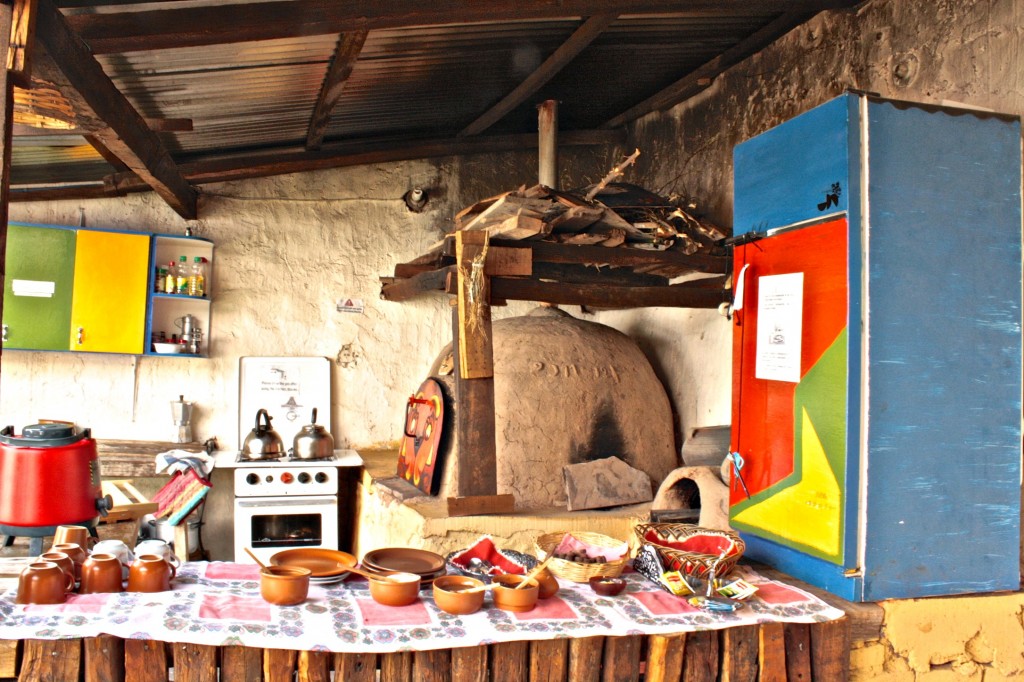
Cooking in a communal kitchen is not only a huge money-saver, especially if the cost of ingredients is split among a group, but it’s also a great way to meet and bond with other travelers. Do your wallet and waistline a favor by saving meals out for special occasions.
Watch your portion sizes.
America deservedly has a poor reputation for serving portion sizes that should never by any means be consumed entirely by one individual. But guys, we’re not the only ones. Restaurants the world over have been known to serve outlandish portions.
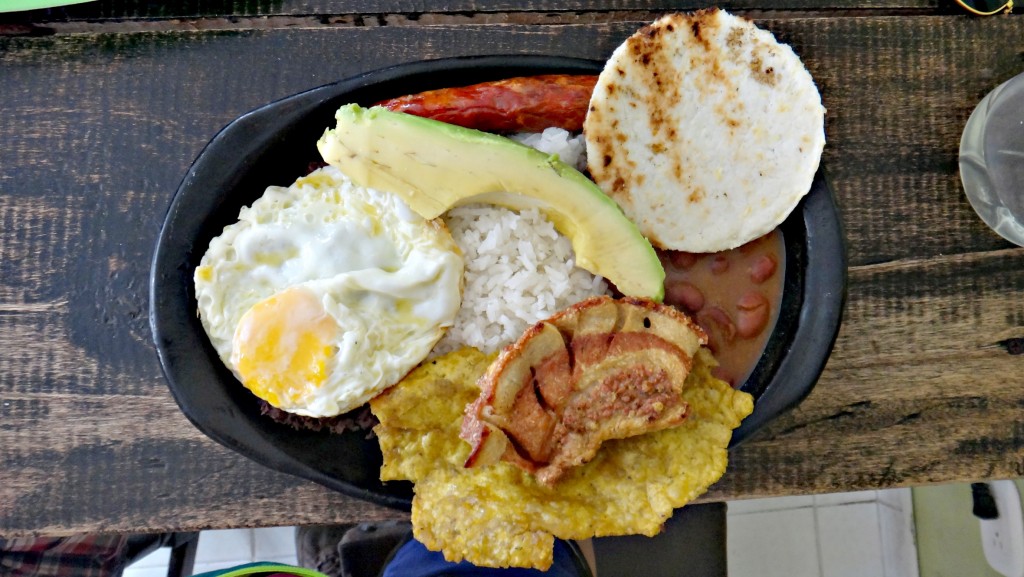
If the plate is bigger than your face, it’s better to take half the meal home to eat later. I’ve never encountered a restaurant on my travels that didn’t have takeaway containers when asked. This is another good money saver! Two meals for the price of one.
Know your fats.
Sometimes the foods available to us leave us with no other option than to choose the lesser evil. To do this, it’s important to have a basic understanding of the different macronutrients (carbohydrates, fat, and protein) that provide calories.
Fat is the most calorically dense, providing 9 calories per gram versus just 4 calories per gram from carbs or protein. Therefore, avoiding foods high in fat is a good way to ensure we’re not taking in more calories than we burn throughout the day. Some high-fat foods that should be consumed sparingly include: anything deep-fried, cheese, cream or whole milk, cream-based sauces, red meat, butter and oils.
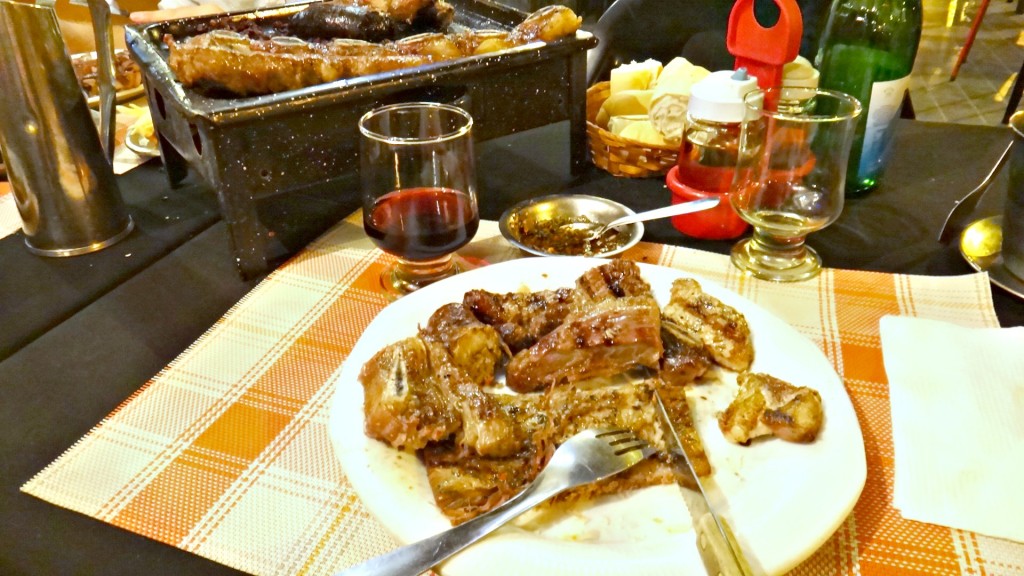
Fats need not be avoided altogether by any means, however, and in fact we derive a lot of benefit from consuming the fats found in plant sources. For instance, nuts and seeds may technically be considered high-fat foods, but these unsaturated fats provide heart-healthy benefits such as reducing tissue inflammation. Again, it’s important not to overdo your portion sizes. Speaking in generalities, saturated fats are found in animal sources, and unsaturated fats are found in plant sources. Understanding the difference can help us make wise choices.
Focus on fruits and veggies.
When we shop local markets and choose locally grown, seasonal produce, we’re doing our bodies, the environment, and the local community a favor. Traveling provides us with unique opportunities to sample some fascinating fruits and vegetables that we’d never see in a grocery store at home, so be adventurous and try something new.
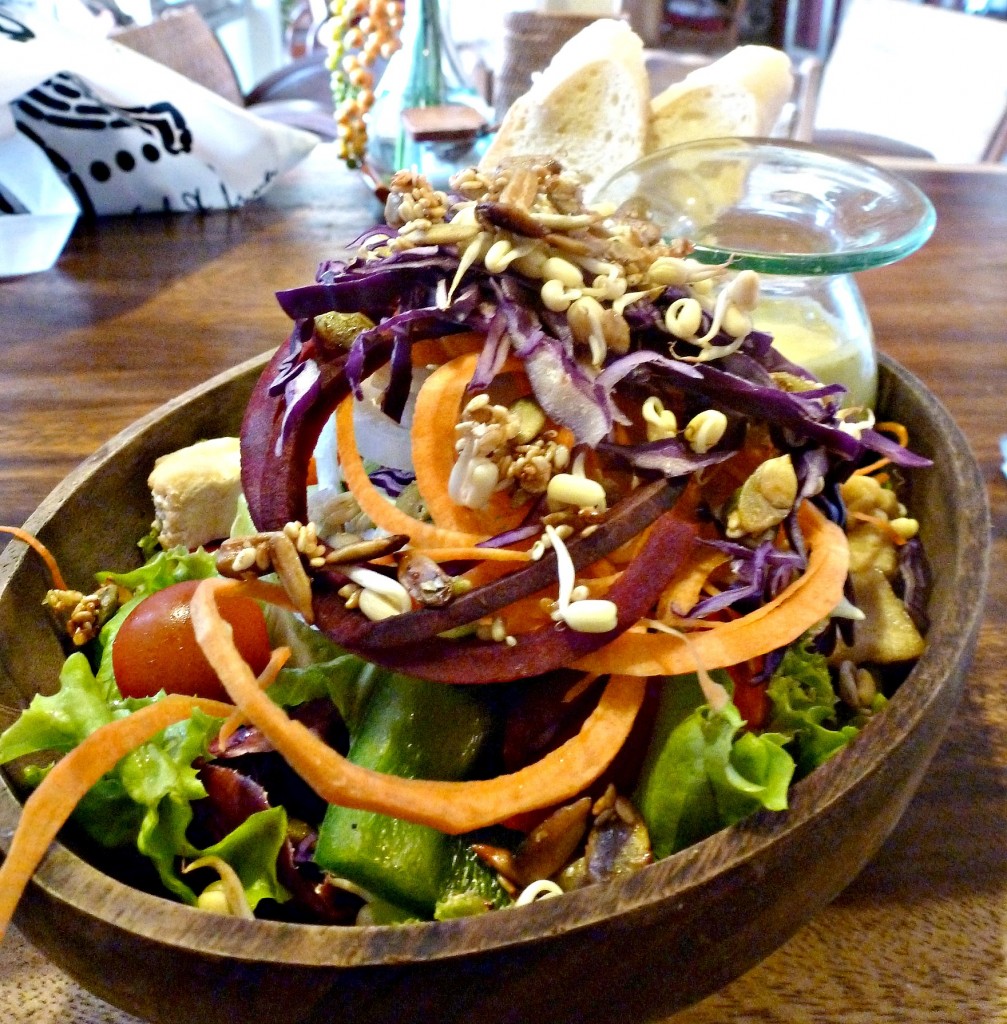
Traveling in Southeast Asia? Sample the fresh mango, rambutan and durian. Learn to cook with new eggplant varieties, and don’t skimp on the fresh peppers. In the Caribbean, street vendors’ carts overflow with fresh avocado the size of your head, young coconuts ready to drink, and one of my all-time favorite fruits, pink guava. Cheap, nutritious and delicious!
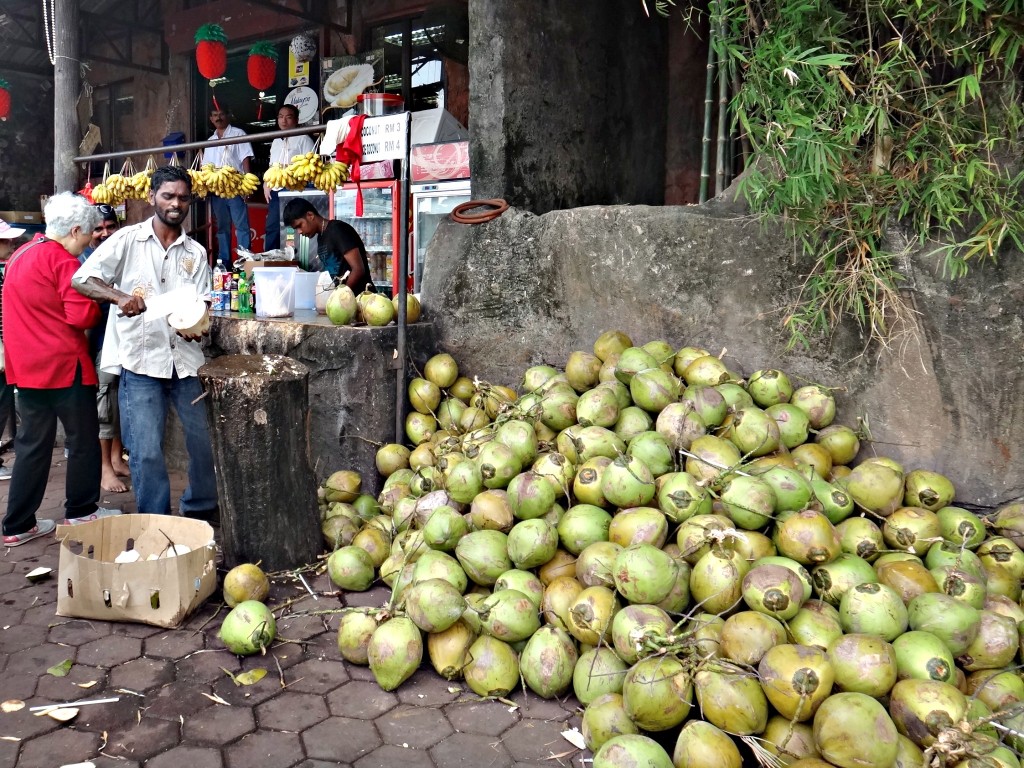
Take it easy on the booze.
Easier said than done, right? I’ve been there, and I know–it’s not always easy to say no to a drink when most of our social interactions start at the bar. What I ALSO know is that eight months of drinking nearly every day (even just a beer or two) left me feeling like I’d been hit by a bus. Walking every day and hiking here and there kept me from packing on a million pounds (alcohol can provide a lot of calories), but my partying definitely got a bit out of hand, and I was worse off for it.
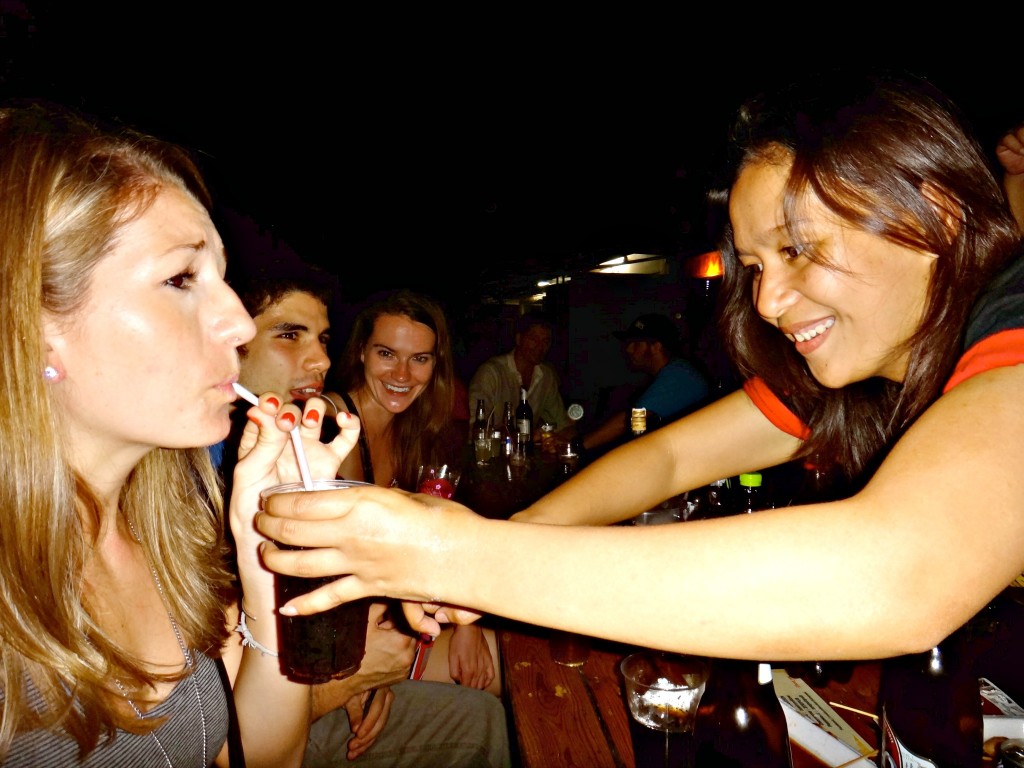
There’s no shame in taking a night or two to stay in and rest, or at the very least, make the extra effort to stay hydrated while you drink (a good rule of thumb is one glass of water for every alcoholic beverage). You won’t have any less fun, you’ll just be less hungover the next morning. And drinking on an empty stomach never did anyone any favors–especially the friend who has to hold your hair back when you get sick.
Walk it off.
One of the best ways to keep weight gain at bay when your diet is less than ideal is by exercising regularly. I’m as guilty as the next guy when it comes to being lazy while traveling, but it’s something I intend to remedy the next time around. Walk as much as you can, go for hikes, swim in the ocean, play soccer on the beach; whatever it is you like to do to stay active, find a little time for it every day.
Everything in moderation, including moderation.
Making healthy choices while traveling is important, but so is enjoying the journey. Indulging every now and then is perfectly fine, and I happen to believe dining out and sampling local foods is an important way to get to know a new city and culture.
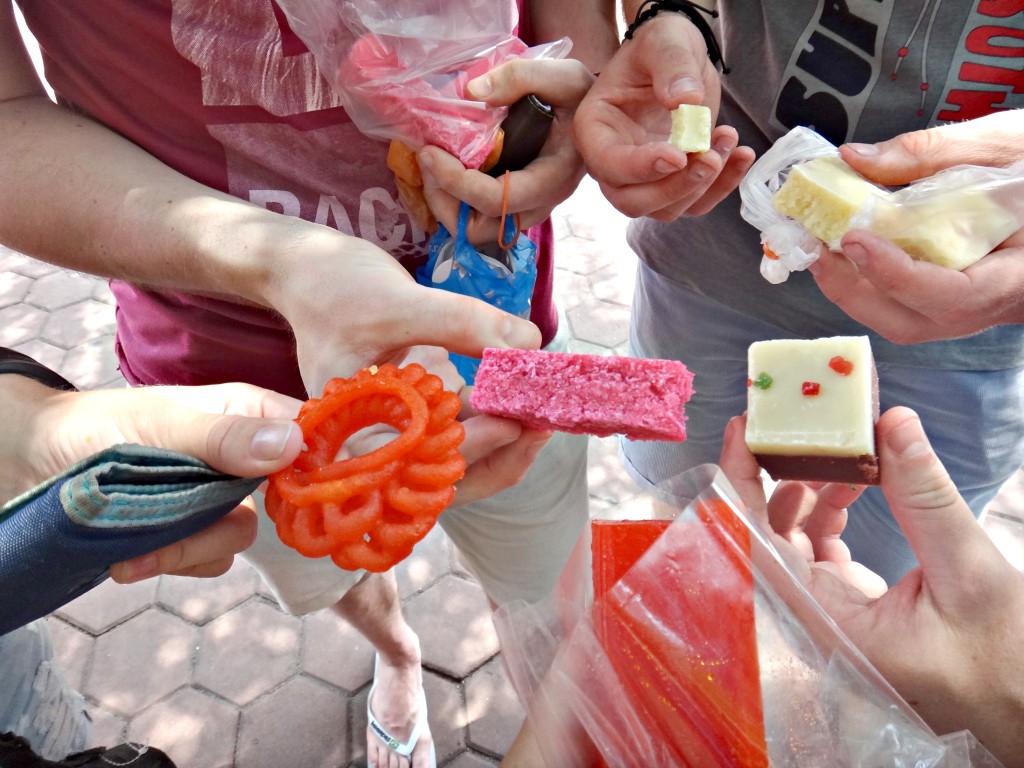
You don’t have to make yourself crazy analyzing every bite that goes into your mouth, but if you allow these tried-and-true rules to guide most of your choices, you’ll be on the right track to good nutrition, on the road OR at home.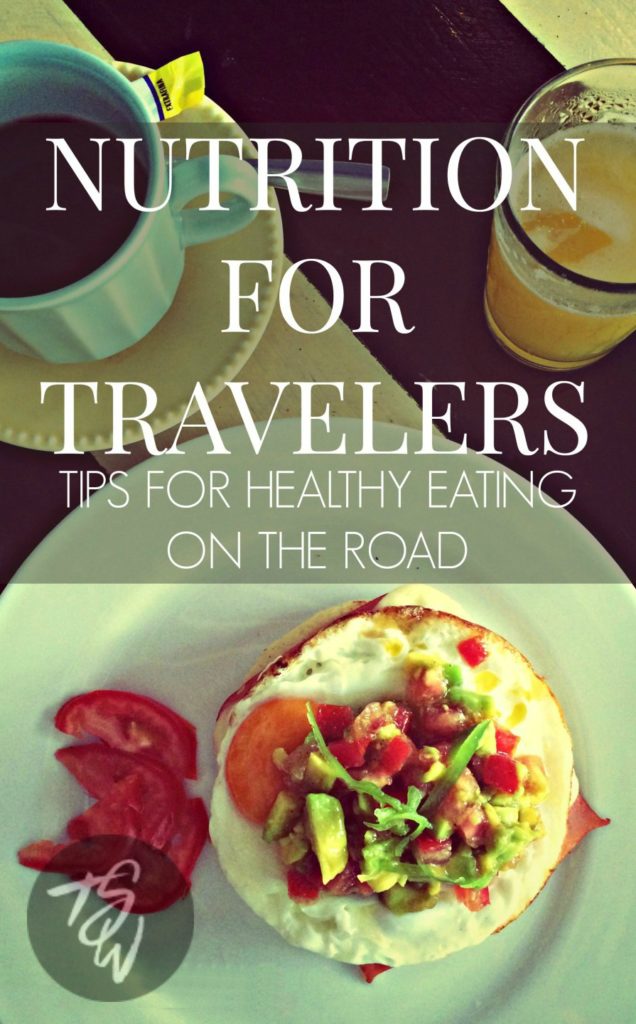
How do you avoid poor nutrition pitfalls on the road? I’d love to hear your comments.

